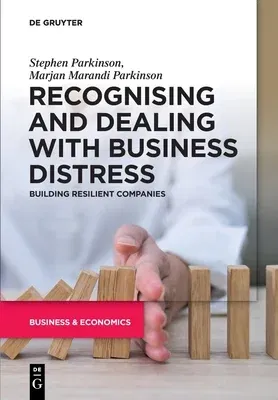Businesses fail - some spectacularly and suddenly, others more gradually
over time. In some companies business decline can be turned around or at
least delayed. In many others there is no option other than business
closure. Over the past twenty years the rate of business failure has
accelerated. Insolvency rates are high not just for small businesses but
also for large well known public companies. Identifying possible causes
of business distress is now recognised as an important agenda item.
Creating the capacity to bounce back from such distress - business
resilience - has become a priority.
The authors blend their own practical experience, academic research and
a systematic analysis of recent high profile cases including Flybe Group
Plc, Arcadia Group Ltd, Carillion Plc, NMC Health Plc and Thomas Cook
Group Plc in a review of potential causes of business distress and key
resilience drivers. This is presented in detail in separate chapters
covering business purpose, board effectiveness, the quality of strategic
planning, financial stewardship, risk management, business turnaround
strategies and director duties in times of business distress. The book
sets out a practical benchmarking framework in the form of a toolkit
with a series of detailed evidences - performance indicators - that
companies can use to assess potential business distress and build a
resilient company.

